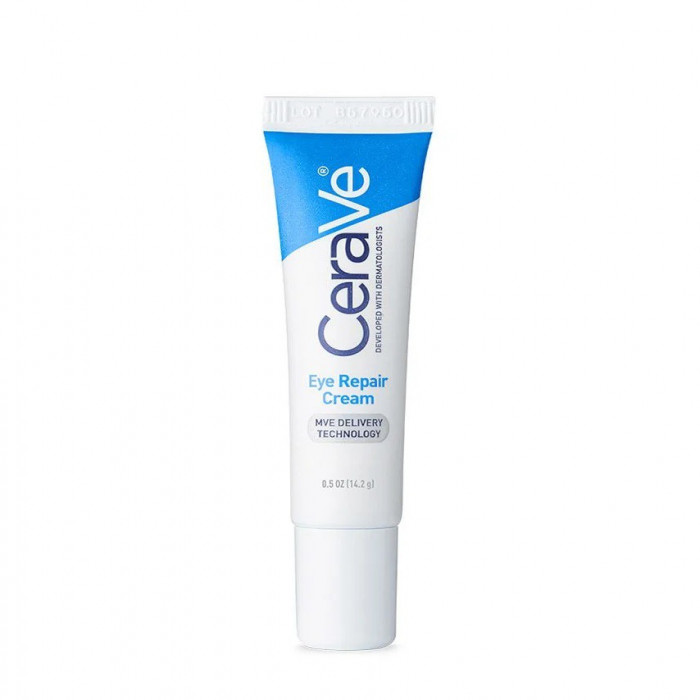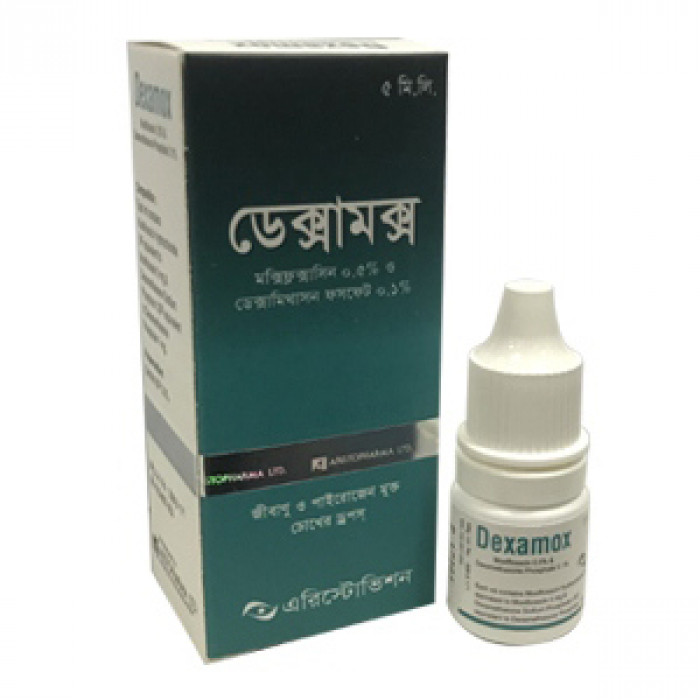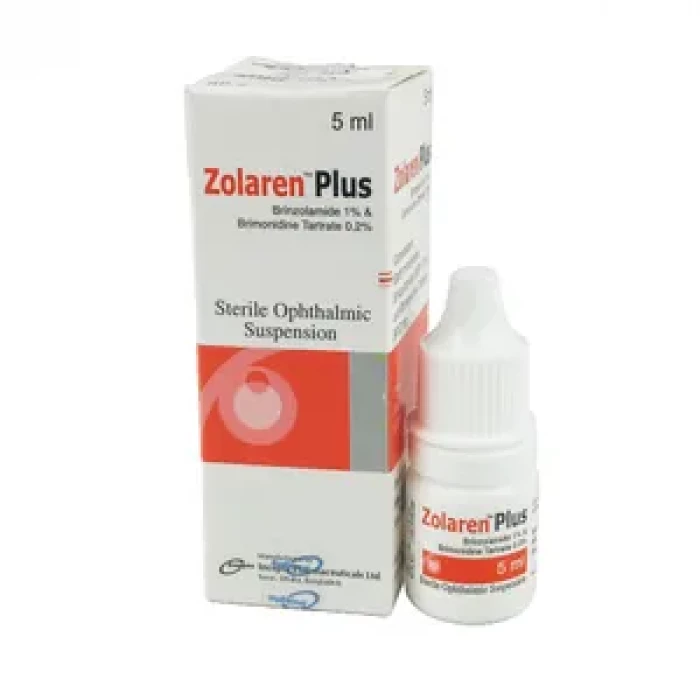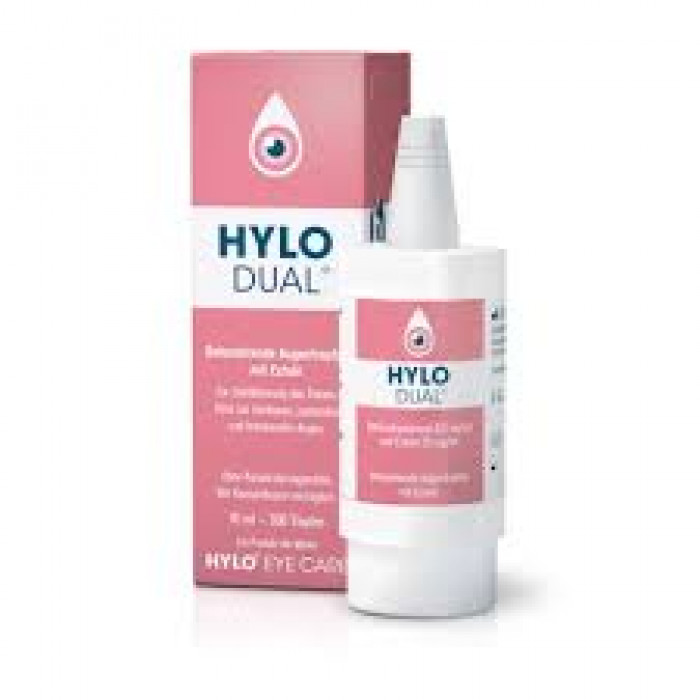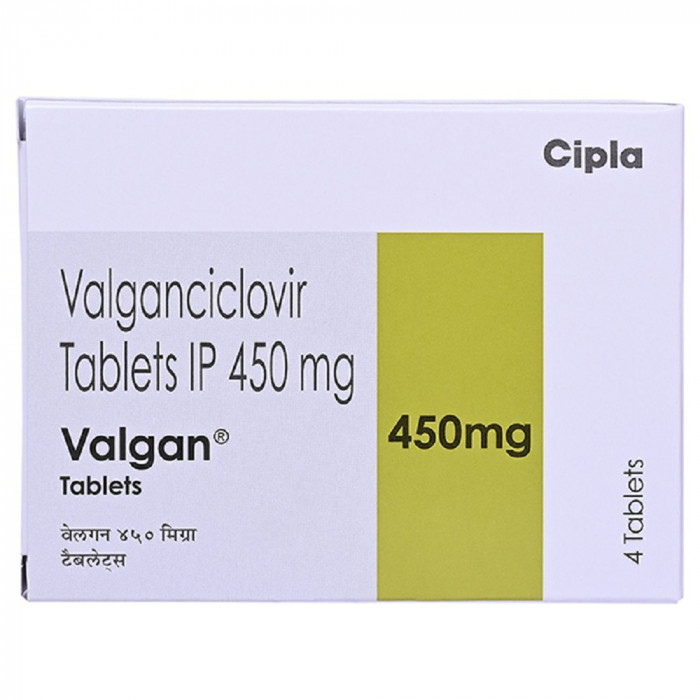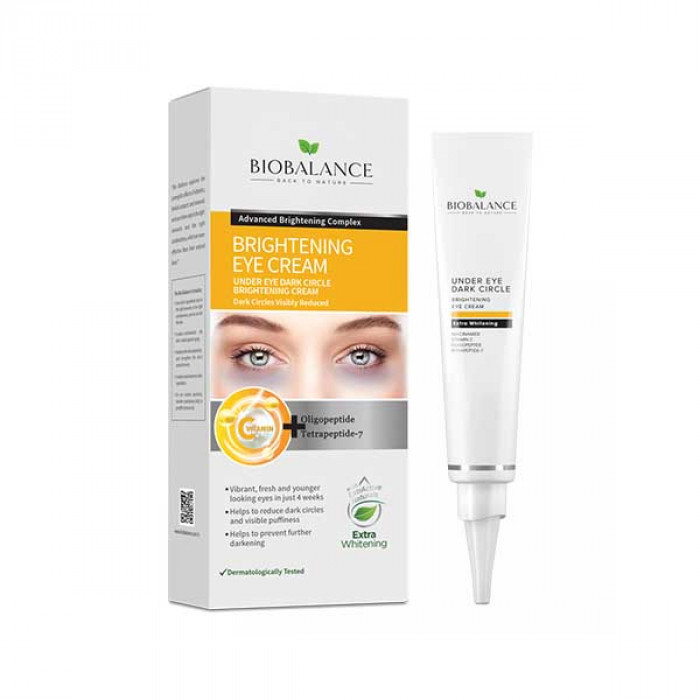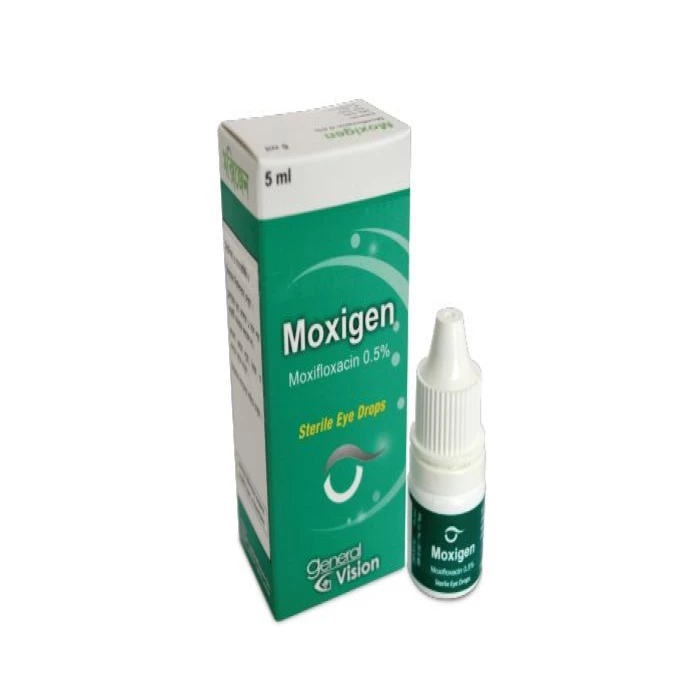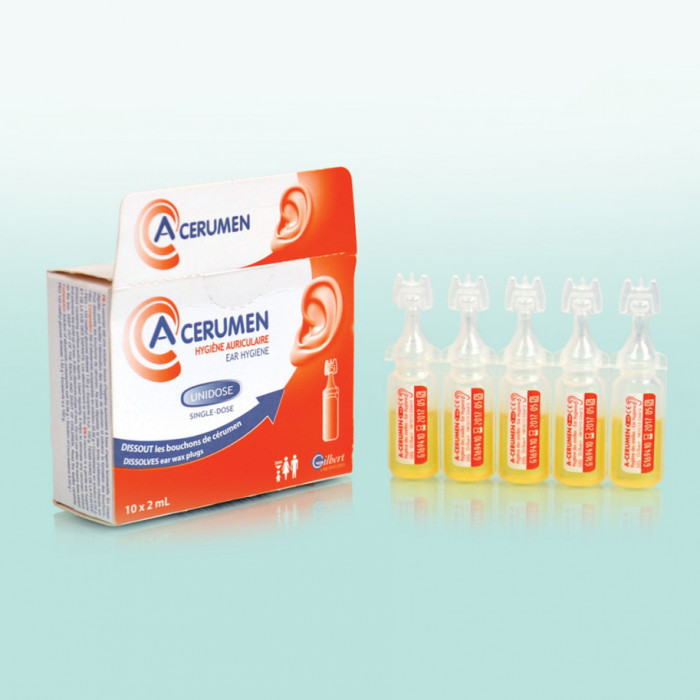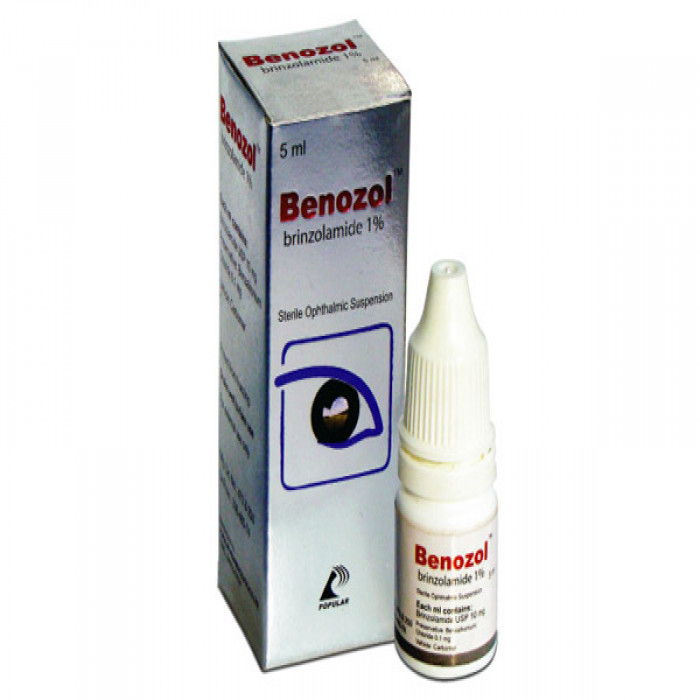
✔ 100% Authentic Product
👁️ Currently Viewing 770
100% Genuine Products, Guaranteed
Safe & Secure Payments, Always
Fast, Secure & Efficient Delivery
Proper Packaging
 Cash on Delivery - All over Bangladesh
Cash on Delivery - All over Bangladesh Regular Delivery - 12-24 Hours, Dhaka City*
Regular Delivery - 12-24 Hours, Dhaka City* Regular Delivery - 24-48 Hours, All Over Bangladesh*
Regular Delivery - 24-48 Hours, All Over Bangladesh* ফ্রি ডেলিভারিঃ - ৯৯৯ টাকা+ অর্ডারে, ঢাকা
শহরে
ফ্রি ডেলিভারিঃ - ৯৯৯ টাকা+ অর্ডারে, ঢাকা
শহরে ফ্রি ডেলিভারিঃ - ২৯৯৯ টাকা+ অর্ডারে, ঢাকার
বাহিরে
ফ্রি ডেলিভারিঃ - ২৯৯৯ টাকা+ অর্ডারে, ঢাকার
বাহিরে
✅ Description:
Indications of Benozol Ophthalmic Solution
Brin Doze Mid-Eye Drop Suspension is presented as a monotherapy or as an adjunct to beta-blockers in the treatment of elevated intraocular pressure or increased intraocular pressure in open-angle glaucoma.
Pharmacology of Benozol Ophthalmic Solution
Carbonic anhydrase (CA) is an enzyme found in many tissues of the body, including the eyes. It catalyzes a reversible reaction involving the hydration of carbon dioxide and the dehydration of carbonic acid. It exists in the form of several isoenzymes, the most active being carbonic anhydrase II (CAII), present mainly in red blood cells, but also in other tissues. Inhibition of carbonic anhydrase in the processes of the ciliary body of the eye reduces the secretion of aqueous humor, presumably by slowing the formation of bicarbonate ions with a subsequent reduction in sodium and fluid transport.
After topical ocular administration, brinzolamide inhibits aqueous humor formation and reduces elevated intraocular pressure. Elevated intraocular pressure is a major risk factor in the pathogenesis of optic nerve damage and glaucoma visual field loss.
Dosage & Administration of Benozol Ophthalmic Solution
The recommended dose is one drops of this eye drop in the conjunctival sac of the affected eye(s) twice daily. Some patients may have a better response with one drop three times a day. Shake well before use.
Interaction of Benozol Ophthalmic Solution
In patients treated with oral carbonic anhydrase inhibitors, high-dose salicylate treatment has a rare drug interaction. Therefore, the possibility of such drug interactions should be considered in patients receiving brinzolamide treatment.
Contraindications
It is contraindicated in patients who are hypersensitive to any component of this product.
Side Effects of Benozol Ophthalmic Solution
The reported side effects are blurred vision and a bitter, sour or unusual taste. Other side effects are blepharitis, dermatitis, dry eye, foreign body sensation, headache, congestion, eye discharge, eye discomfort, keratitis, eye pain, eye itching and rhinitis.
Pregnancy
Pregnancy category C. There are no adequately well-controlled studies in pregnant women. Burinjoramido 1% eye drops should be used during pregnancy only if its effectiveness justifies the potential risk to the fetus.
Use during lactation: It is not known whether Burinjoramido 1% eye drops are excreted in breast milk. Therefore, nursing mothers should stop lactation or discontinue the drug depending on the importance of the drug to the mother.
Precautions
Carbonic anhydrase (CA) is an enzyme found in many tissues of the body, including the eyes. It catalyzes a reversible reaction involving the hydration of carbon dioxide and the dehydration of carbonic acid. It exists in the form of several isoenzymes, the most active being carbonic anhydrase II (CAII), present mainly in red blood cells, but also in other tissues. Inhibition of carbonic anhydrase in the processes of the ciliary body of the eye reduces the secretion of aqueous humor, presumably by slowing the formation of bicarbonate ions with a subsequent reduction in sodium and fluid transport.
After topical ocular administration, brinzolamide inhibits aqueous humor formation and reduces elevated intraocular pressure. Elevated intraocular pressure is a major risk factor in the pathogenesis of optic nerve damage and glaucoma visual field loss.
Therapeutic Class
Drugs for miotics and glaucoma
Storage Conditions
Store at room temperature & protect from light. Do not touch dropper tip to any surface. It is desirable that the contents should not be used more than four weeks after first opening of the bottle. Protect from freezing.
⚠️Disclaimer:
At ePharma, we’re committed to providing accurate and accessible health information. However, all content is intended for informational purposes only and should not replace medical advice from a qualified physician. Please consult your healthcare provider for personalized guidance. We aim to support, not substitute, the doctor-patient relationship.





